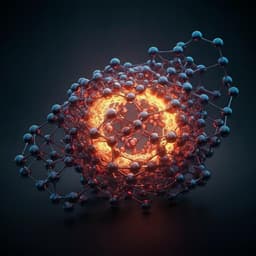
Medicine and Health
Automatic data-driven design and 3D printing of custom ocular prostheses
J. Reinhard, P. Urban, et al.
Discover an innovative automated process for crafting custom ocular prostheses using AS-OCT data, developed by researchers like Johann Reinhard and Stephen Bell. This groundbreaking approach saves labor and achieves remarkable consistent results.
Playback language: English
Related Publications
Explore these studies to deepen your understanding of the subject.







